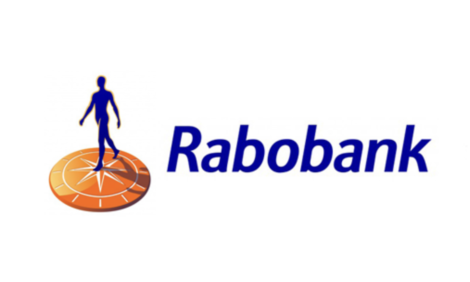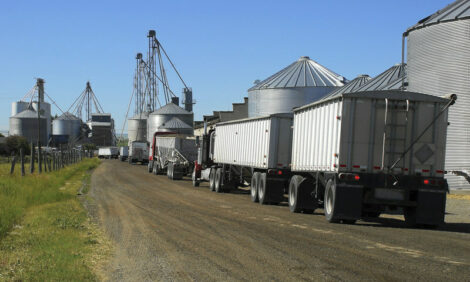



PMWS mortality increases energy bills
UK - Even though it offers an 80 percent discount on the climate change levy, membership of the pig sector's climate change discount scheme has tumbled.
|
|
NPA is active on members' behalf in Brussels & Whitehall, and with processors, supermarkets & caterers – fighting for the growth and pros-perity of the UK pig industry. |
The climate change levy is loaded onto all pig producers' electricity, gas, coal and liquefied-petroleum-gas bills. To be eligible for the 80 percent discount, producers must progressively cut their energy use over ten years.
Pig scheme members successfully showed a reduction of just over four percent in 2002. This year they must show a further four percent reduction, followed by two percent in 2006 and three percent in 2010.
It is felt by the NPA climate change group, which acts as a conduit between Defra and NPA members, that members may be quitting the scheme not so much because they cannot hit their targets, but because of the paperwork involved.
However if hitting targets is a problem, the good news is that after lobbying by NPA, Defra is now minded to take the effects of PMWS into effect.
The scheme works by looking at each member unit's 'Specific Energy Consumption' which is a calculation of how many kilowatts of energy it takes to produce a kilo of finished pig.
High PMWS mortality means fewer pigs are produced from the same expenditure of energy, making reduction targets harder to hit.
The NPA climate change group has proposed, and Defra has agreed in principle, that in future a unit's Specific Energy Consumption be adjusted to take account of the number of pigs that would have been produced, had the unit not suffered high mortality from PMWS.
A formula for this has been produced by Nick Bird of Farmex, a member of the NPA climate change group. In a paper submitted to Defra he shows how PMWS impacts on energy consumption.
- Fewer animals in total are produced, which means energy consumption is divided among fewer animals.
- Stocking rates are lower because fewer animals are available and because producers need to reduce stocking rates to help combat the disease.
- Methods of combating PMWS may also include raising the temperature and increasing ventilation.
- Pigs that have suffered from PMWS, but survived, may grow slower, and thus will need to be housed for longer, resulting in higher energy costs for feeding, lighting, ventilation and slurry disposal.
- PMWS also entails more pressure washing, which carries extra energy cost.
He cites the example of a unit which, as a result of 25 percent PMWS mortality, achieves an actual output of 150,000 kilos, compared with the output of 186,000 kilos it would have achieved if there were no PMWS and mortality was consequently only seven percent.
He proposes that in this case the seven percent mortality figure would be used to calculate the unit's Specific Energy Consumption.
Mortality is a figure that is well known and a key production indicator, he says. Furthermore it is a figure that is relatively hard to fake.
Background to the climate change levy
Seven years ago, at the Kyoto summit on climate change, the European Union signed up to an agreement to reduce, by 2010, greenhouse gas emissions by eight percent on 1990 levels. The UK's share was a commitment to reduce by 12.5 percent on 1990 levels but domestically the government has set itself a target well in excess of this requirement, to reduce emissions 20 percent by 2010. In the 1999 budget, the government announced a tax on energy use, effective from April 2001.Non-domestic consumers of energy pay the levy which is charged at a flat rate on each kilowatt of energy consumed, at the following rates: electricity 0.43p/kWh; natural gas 0.15p/kWh; coal 1.17p/kg (approx 0.15p/kWh); LPG 0.96p/kg (approx 0.07p/kWh).
Oil products are exempt from the levy, as these already carry excise duty. Also exempt are renewable energy, waste derived energy and road fuels. The levy is collected by energy suppliers on behalf of Customs and Excise. It appears on supplier invoices just above the VAT line.
Source: Digby Scott, National Pig Association - 13th April 2004













